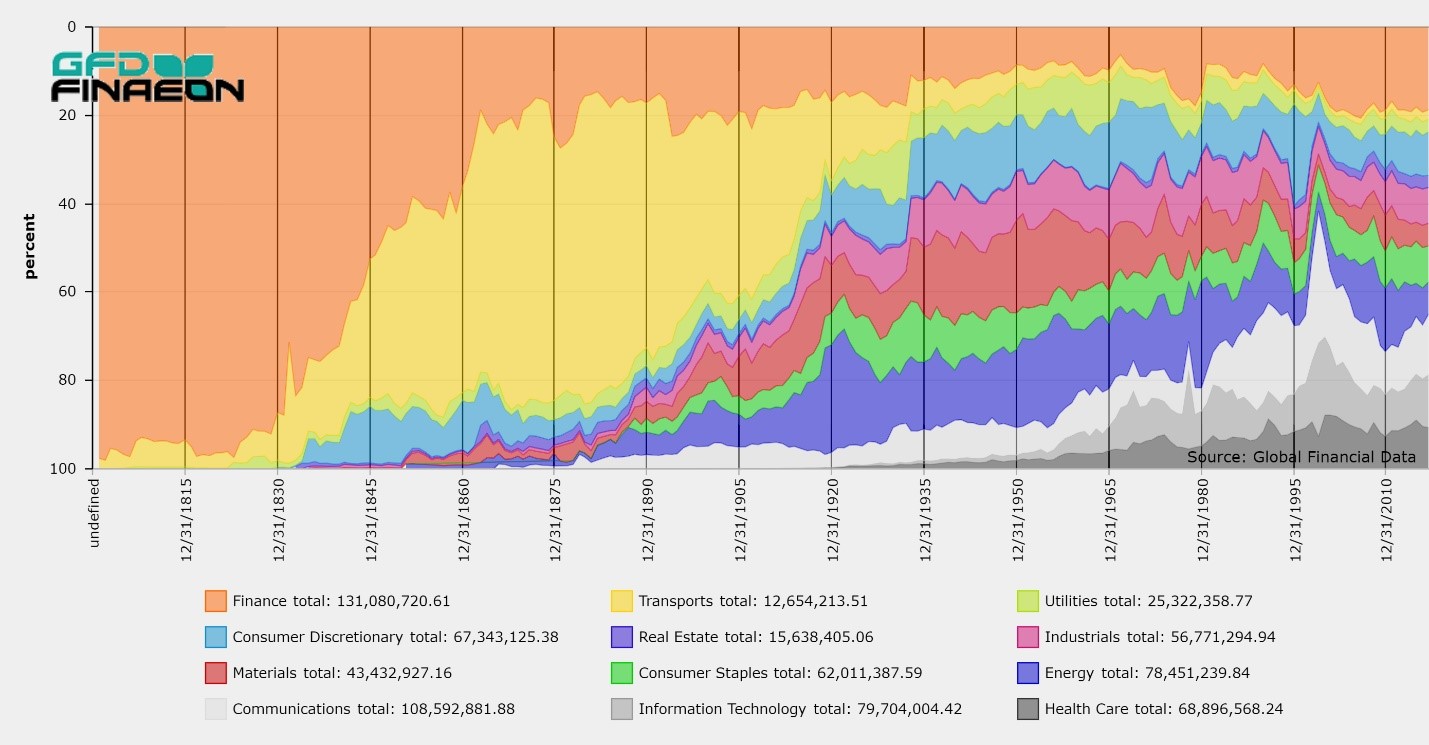REQUEST A DEMO with a GFDFinaeon Specialist

Information
Our comprehensive financial databases span global markets offering data never compiled into an electronic format. We create and generate our own proprietary data series while we continue to investigate new sources and extend existing series whenever possible. GFD supports full data transparency to enable our users to verify financial data points, tracing them back to the original source documents. GFD is the original supplier of complete historical data.
| 29122 Rancho Viejo Road, Suite 214, San Juan Capistrano, CA 92675 | |
| 949.542.4200 |
